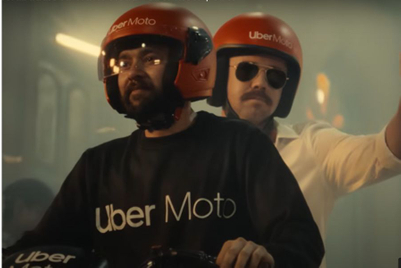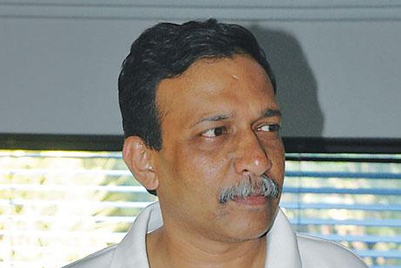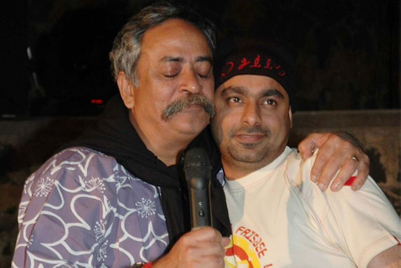
I, for one, am not going to mourn the death of the Bajaj scooter.
The Bajaj scooter represented almost everything that was wrong in India during the period of dominance. It was a poor product, noisy, unsafe. Overall, the company cared little for the consumer, ensuring only that they sold as many scooters as possible while making as much profit as possible.
For decades, protected by the license Raj, Bajaj had a monopoly on scooters. This caused, as the license Raj caused in any number of categories, an acute demand-supply gap which allowed a healthy black market to flourish.
And the consumer was grateful that he could get his hands on a Bajaj, sometimes paying almost 50% premium on the list price.
And the scooter continued to be overpriced, continued to be unsafe.
In a funny way, I’m almost delighted that it died.
And that’s what makes the Bajaj story interesting. To shrug off the past and to learn to compete in a completely free market couldn’t have been easy. The motorcycle market is, today, a crowded one. And Bajaj woke up and grappled with competition. They acknowledged that the consumer mattered, that they had to meet consumer wants and needs in order to do well, in order, even, to simply survive.
Today, Bajaj dominates the mid-price segment, accounting for 6 out every 10 motorcycles sold in the country.
The Bajaj story is a rare one. There are a number of companies which dominated categories during the years of the license Raj, only to fritter away their considerable advantages. Hindustan Motors is one such, Premier Auto is another, Standard Motors is a third.
The difference with Bajaj was that the company woke up to see the writing on the wall. They saw that the rules of the game had changed, that the consumer was not a moron, that the consumer would walk away from a product or service that was sub-standard.
Heritage and age of the company matter little in the new environment.
At Campaign India, we’ve stubbornly refused to see merit in stories about anniversaries that PR agencies and marketers keep trying to convince us to carry.
What is the value to the consumer of a 10 year-old or 100 year-old company or brand that doesn’t care compared to a one day old brand that does?
Ask Bajaj. Once upon a time, you just couldn’t beat a Bajaj. Now, you can – but Bajaj doesn’t allow you to.



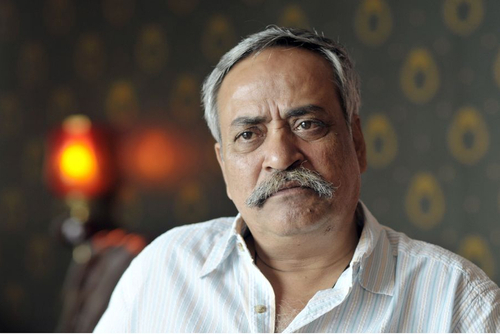
.jpg&h=334&w=500&q=100&v=20250320&c=1)
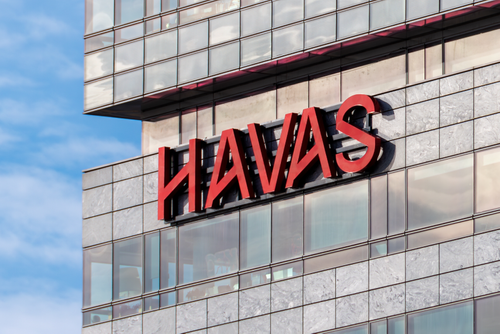

.jpg&h=334&w=500&q=100&v=20250320&c=1)
.jpg&h=334&w=500&q=100&v=20250320&c=1)
.jpg&h=334&w=500&q=100&v=20250320&c=1)

.jpg&h=334&w=500&q=100&v=20250320&c=1)

